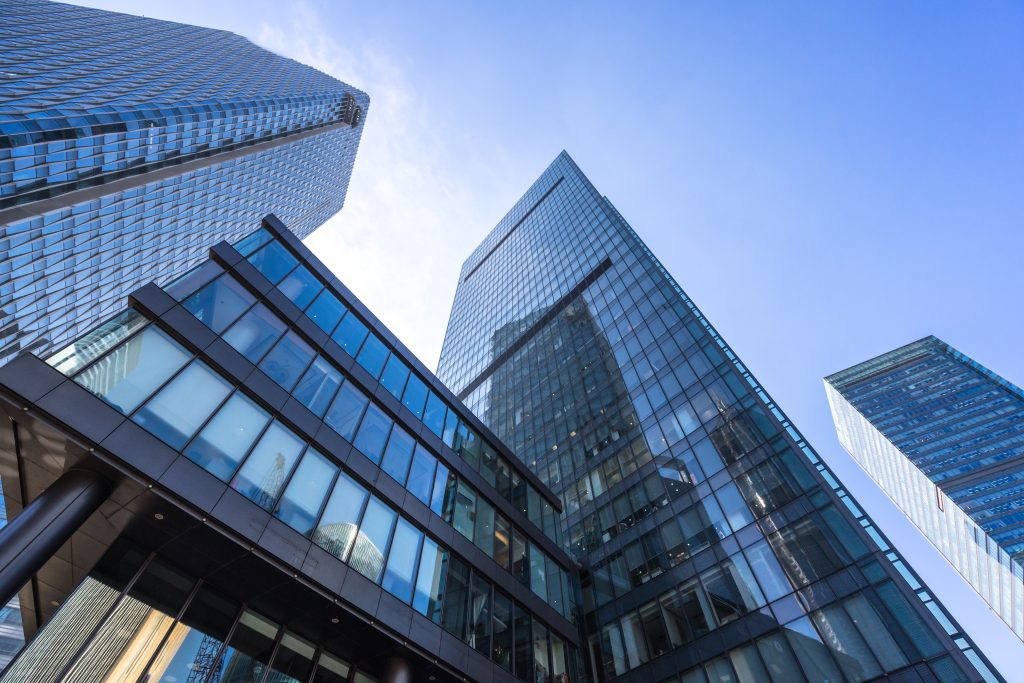Effective capital planning is a crucial element for any business, especially when it comes to managing physical assets like facilities. Facility management, which encompasses everything from building maintenance to equipment upgrades, plays a significant role in ensuring business continuity and operational efficiency. Without a well-thought-out capital plan, businesses can struggle to keep their facilities functional, safe, and aligned with their long-term goals. Here’s how capital planning and facility management are closely connected, and why integrating the two is essential for long-term operational success.
Capital Planning: The Blueprint for Facility Success
Capital planning is the process of budgeting, prioritising, and allocating resources for long-term investments in business infrastructure, including facilities. This strategic approach ensures that companies have the financial means to manage upgrades, repairs, and new developments over time. Proper capital planning helps businesses avoid costly disruptions and unplanned expenses, providing a roadmap for future facility needs.
In the context of facility management, capital planning ensures that critical aspects such as building systems (HVAC, plumbing, electrical), safety upgrades, and routine maintenance are accounted for in the financial planning process. Without this foresight, companies can face unexpected breakdowns or outdated infrastructure, which can hamper day-to-day operations and negatively impact employee productivity and customer experience.
Prioritising Facility Upgrades and Repairs
One of the most important aspects of facility management is determining which upgrades and repairs are necessary and when they should be made. This is where capital planning comes in—helping businesses prioritise investments based on critical needs, budget constraints, and long-term goals.
A well-developed capital plan identifies:
- Urgent Repairs: Addressing immediate safety concerns or critical equipment failures that could disrupt operations.
- Planned Upgrades: Budgeting for upgrades that improve energy efficiency, reduce long-term costs, or enhance the facility’s functionality.
- Routine Maintenance: Scheduling regular maintenance to extend the life of building systems and prevent costly breakdowns.
By aligning capital planning with facility management, businesses can ensure they allocate resources efficiently, tackling the most urgent needs first while preparing for future improvements.
Extending the Lifespan of Facility Assets
Every facility is composed of numerous assets, from mechanical systems to lighting, roofing, and structural elements. These assets have finite lifespans, and if they aren’t properly maintained or replaced when necessary, they can lead to significant operational disruptions. Capital planning helps businesses anticipate when assets are nearing the end of their useful life and plan accordingly for replacements or upgrades.
For example, a company may identify that its HVAC system will need to be replaced in five years. With this information, they can allocate capital over time, reducing the financial burden of a large, unexpected expense. This proactive approach extends the lifespan of key assets by ensuring timely maintenance and replacement, leading to lower overall costs and fewer operational disruptions.
Budgeting for Long-Term Facility Investments
Facilities are one of the largest capital expenditures for any business, whether it’s constructing new buildings, renovating existing spaces, or upgrading essential systems. Without a long-term capital plan, it’s easy for these investments to overwhelm a company’s finances. Effective capital planning allows businesses to create realistic budgets that account for both short-term and long-term facility needs.
For example, a business planning to expand its operations may need to build a new facility or significantly upgrade its current space. Capital planning ensures that the necessary funds are available when the time comes, without sacrificing other critical business operations. In this way, capital planning supports business growth by ensuring facilities are ready to accommodate future expansion.
Optimising Energy Efficiency and Sustainability
Sustainability is becoming a key focus for businesses worldwide, and facilities are one of the primary areas where energy efficiency and environmental impact can be addressed. Capital planning allows businesses to invest in eco-friendly upgrades, such as energy-efficient lighting, solar power, and water-saving systems, which not only reduce operational costs but also align with corporate sustainability goals.
For instance, a business that wants to reduce its carbon footprint may prioritize capital investments in energy-efficient heating and cooling systems, LED lighting, or building insulation. These upgrades not only make the facility more sustainable but also lower energy bills over time. Capital planning helps businesses schedule these investments in a way that aligns with their financial capabilities while contributing to long-term environmental and cost-saving goals.
Ensuring Compliance and Safety Standards
Another important aspect of facility management is ensuring that buildings comply with local safety, environmental, and accessibility standards. Falling behind on compliance can lead to fines, legal liabilities, and even the closure of facilities. Capital planning allows businesses to allocate resources for necessary compliance upgrades, such as fire safety systems, accessibility improvements, or asbestos removal, ensuring that facilities remain safe and legally compliant.
By integrating compliance needs into the capital planning process, businesses can avoid unexpected costs associated with non-compliance and protect their employees, customers, and reputation.
Supporting Business Continuity and Operational Efficiency
A well-maintained facility is essential for business continuity. Unexpected facility breakdowns—whether it’s a malfunctioning HVAC system, a burst pipe, or a power outage—can disrupt operations, resulting in lost productivity and revenue. Capital planning helps businesses avoid these disruptions by budgeting for routine maintenance, emergency repairs, and timely upgrades.
For instance, a manufacturing facility that relies on climate control for its production processes cannot afford an HVAC failure. By incorporating the potential replacement or maintenance of this system into the capital plan, the business ensures it can continue operating smoothly without costly delays. Effective capital planning allows businesses to maintain operational efficiency and focus on their core activities, rather than reacting to unexpected facility issues.
Integrating Capital Planning and Facility Management
The connection between capital planning and facility management is clear—without a solid capital plan, managing facility upgrades, repairs, and long-term needs becomes reactive and inefficient. A proactive approach to capital planning allows businesses to allocate resources effectively, prioritise critical facility needs, and maintain operational continuity. It also ensures that businesses can keep their facilities up to date, energy-efficient, and compliant with safety standards, all while minimising costs and disruptions.
By integrating capital planning with facility management, businesses can take control of their physical assets, support long-term growth, and reduce the risks associated with unexpected facility issues. Ultimately, this strategic alignment ensures that facilities not only support day-to-day operations but also contribute to the overall success and sustainability of the business.


